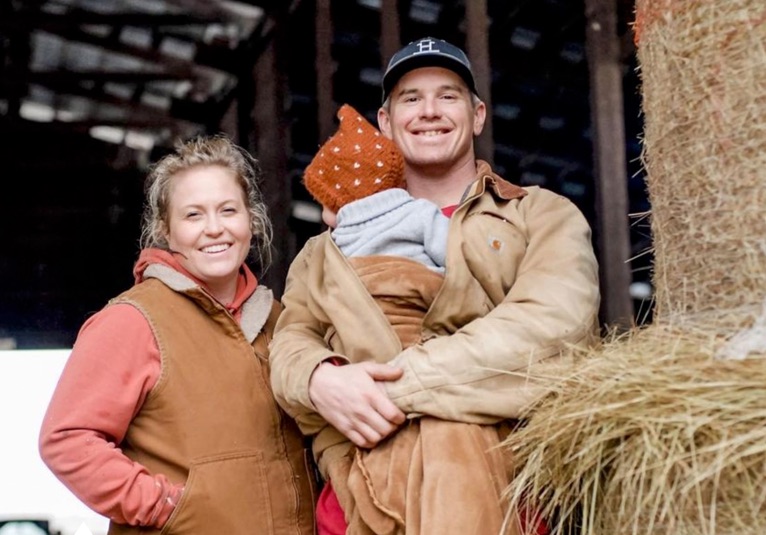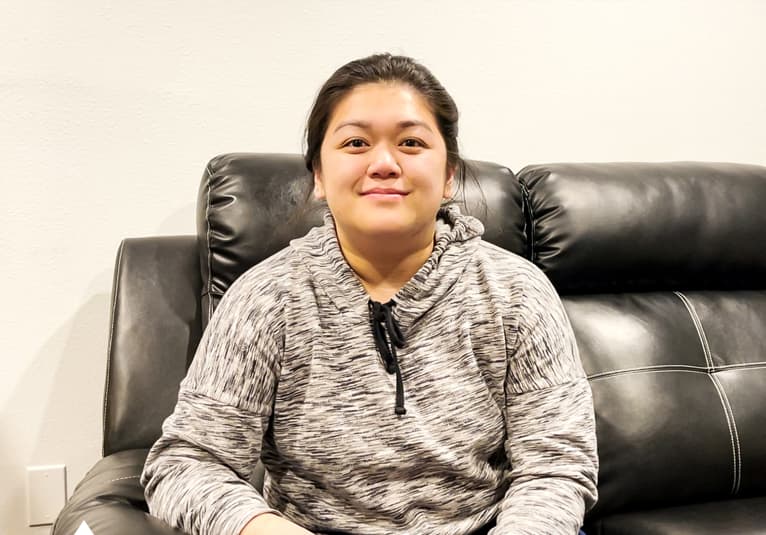Tovah F Assessing When Extra Help is Needed
When we are assessing our children, for anxiety, for stress, or anytime that we have a possible concern about our child’s behavior, the way we assess is if it is impacting their quality of life? Are they not spending time with friends anymore? Are they spending the majority of their time zoned out on their phone or zoned out on a tablet? Are they not wanting to engage in activities that they would normally engage in?
This is when we start to consider if we need to seek some more professional support for all of us. There is a level of anxiety and stress in our life that is healthy. We know that sometimes stressors actually make us work harder. Personally speaking, when I was getting my graduate degree, sometimes it was the stress of knowing that there is a paper due that got me to write a really good paper. We know that sometimes stress does help us out.
It’s when stress becomes so debilitating and impacts our life to such a degree that we stop enjoying the things that we used to enjoy. We don’t want to engage and interact with the people that we would normally want to interact with. And this also might look like different behaviors that we might call unusual or unexpected rate, and that could be like biting fingernails. Some students engage in, like pulling hair and twisting hair. Some students engage in self harm.
These are some things that might go unnoticed. And what we know about students who are impacted by challenging behaviors is that it’s those extrinsic behaviors that we notice more. It’s the child and the student in the classroom or at home that is having a full blown temper tantrum that is crying and hiding underneath a table or underneath a desk, that is cussing us out, that maybe throws a chair.
The truth is is that when we start to see these externalizing behaviors, that’s when we start to focus on the child, we know that there are a lot of children that have internalized behaviors that go unnoticed. And these are typically the child, the children that are suffering with really significant anxiety, maybe PTSD, that they are fearful of showing. They are fearful of showing what they’re concerned about. And those are the children that can be really helpful. If you are wanting to talk and get get to know what is going on with that child more and support them more.
One of the best things that we can do is engage in an activity with them together. For young children that might be drawing and coloring,. For older children, it might be playing a board game, doing something where they are able to take their mind off of what is going on, how they’re feeling and interact with us in a way that is fun in a way that is engaging and entertaining, and that is sometimes where we can have the deepest conversations with our kids. We know that some of the best therapists out there are the therapists that have things in their office that we can hold on to, that we can play with, that we can Journal or doodle on.
And that is because we are able to separate ourselves from what is going on from what our challenging emotions or challenging behaviors or actions are, and put some of the stuff down on paper or play with some putty and start to be able to process through what is going on but be able to focus on something else so it’s not as though the focus is just on the individual that is being impacted.











